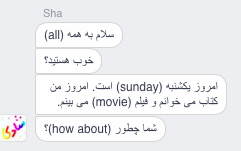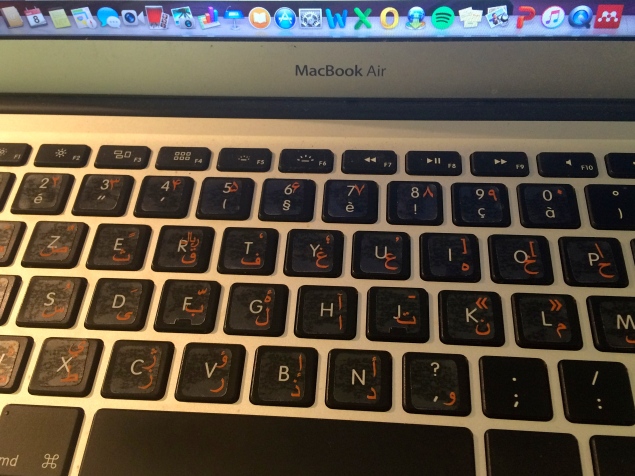In public K-12 schools in the United States, the top four most commonly taught languages are Spanish (72%), French (14%), German (4.5%), and Latin (2.3%). All other languages make up less than 1 percentage point. In U.S. universities, the situation is a little better, with Spanish accounting for about 50% of enrollment rates, French at 13%, American Sign Language at 7%, German at 5.5%, Italian at 4.6%, Japanese at 4.3%, Chinese at 3.9%, Arabic at 2.1%, Latin at 1.7% and Russian at 1.4% (source). All other languages account for less than 1 percentage point.

(Check out the rest of this Slate article for more interesting map graphics.)
As I have said before, I think it’s incredibly valuable when ‘native’ English and other romance language speakers study languages that are radically difficult from their own, either phonologically, orthographically, syntactically, or all of the above! I believe this not only increases our linguistic understanding, but broadens our ways of thinking and interacting with other people. The U.S. Department of Education apparently agrees with me, as they have introduced major funding packages to incentivize students in higher education programs to study less commonly taught languages. For those of you currently in an undergraduate or graduate program in the U.S., I highly recommend looking into this.
While I believe learning any language is a wonderful endeavour (I am not trying to suggest that choosing Spanish is a bad idea in any way!), it is true that not all languages are created equal. Even within the realm of Middle Eastern languages, there seems to be a major popularity divide between Arabic and other languages of the region. While in 2013, there were 33,520 post-secondary students enrolled in Arabic courses in the U.S., a mere 2,696 students were studying Persian (source). This is surprising given that both Arabic and Farsi are considered Super Critical Needs Languages by the U.S. Department of State (aka, jobs!), and Farsi takes significantly less time to learn than Arabic. It seems to me that Farsi is in need of a better PR representative, as it is a beautiful and useful language that is much less commonly taught than both Arabic and other more trendy or popular languages in the United States.













